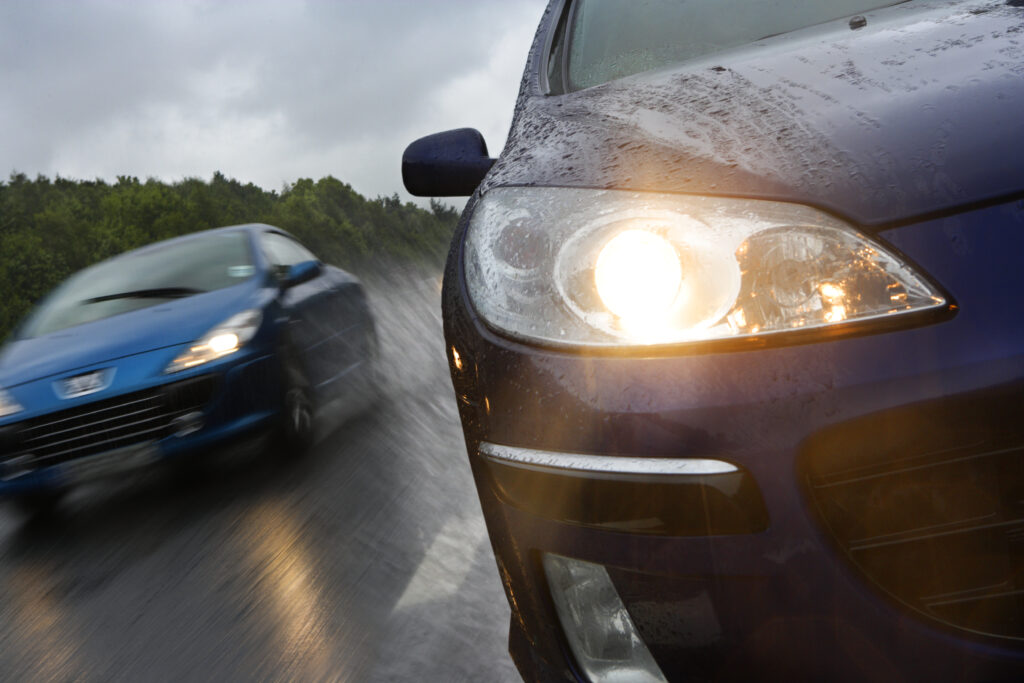Being able to see at high speeds is why we’ve got headlights. Since the late 1880s, the first were acetylene and oil, and since then, they’ve moved on.
“They’ve gone from the incandescent bulbs, which were not as good as far as seeing in wide range from left to right on the road and distance down the road to now the LED lights, which let you see hundreds of feet down the road without impairing other drivers,” says sales associate Brandon Shimetz at our WTMJ partner, Hall Automotive.
We’ve come a long way. And now we’ve got automatic and adaptive headlights.
Shimetz explains, “The way that works is if you’re driving, say, on a back road, even in a city, you know, whatever the case may be, if you turn to the left, the headlights will turn to the left with you. If you turn to the right, they’ll turn to the right with you. It helps guide you to see what’s coming on that you’re turning into rather than turning into blindness and only seeing straight ahead.”
They’ve even got headlights that automatically sense the darkness and flip the high beams on without you even touching them. They also turn off if an oncoming vehicle is there.
But driving in inclement weather seems to flummox most drivers.
You know how every time we have a rainy day, I mention in my traffic reports to remember to turn your headlights on?
Well, a lot of people think that daytime running lights and headlights are the same thing.
Shimetz says, “They are not. The daytime running lights basically just show you that the vehicle is running. Someone is moving, you know, to and from. The actual headlights will project the light down the road and display what’s in front of you rather than the daytime running lights. Again, showing that the vehicle is running.”
So that means headlights have a more intense beam. Also, depending on the model of your car, your taillights may not come on with daytime running lights until you actually hit the brakes.
As a matter of fact, in 2016, Wisconsin State Legislature implemented the Headlight Visibility Law. The law states drivers must turn on their headlights when weather conditions limit visibility.
Now, I could get into all the nuts and bolts of what constitutes “limited visibility” but let’s just make it easier.
Wipers on – Lights on. (Yes, even in the daytime.)

“It doesn’t even hurt the car even if they’re on during the day. You know, the worst thing you can do is drive blind. If you have them on, it’s not going to hurt the car. It’s not going to hurt you. It’s not going to burn them out quicker, it’ll just help you. As long as they’re set on auto, all the modern vehicles, they’ll turn off after a set number of seconds or minutes,” explains Shimetz.
As far as the adaptive headlights, the very fact that they turn as you turn the steering wheel means you’re not turning into blindness at speed.
Whitetail Deer, rejoice!
And wouldn’t you rather be able to see when you’re going 60 or 70 miles an hour? So let’s take a second and spare a thought about our unsung hero, the headlights. Keeping us safe since 1880.
Drivers Ed with Debbie is an on-going series focusing on different driving related topics you might not have considered. Check out some of the other episodes:

























